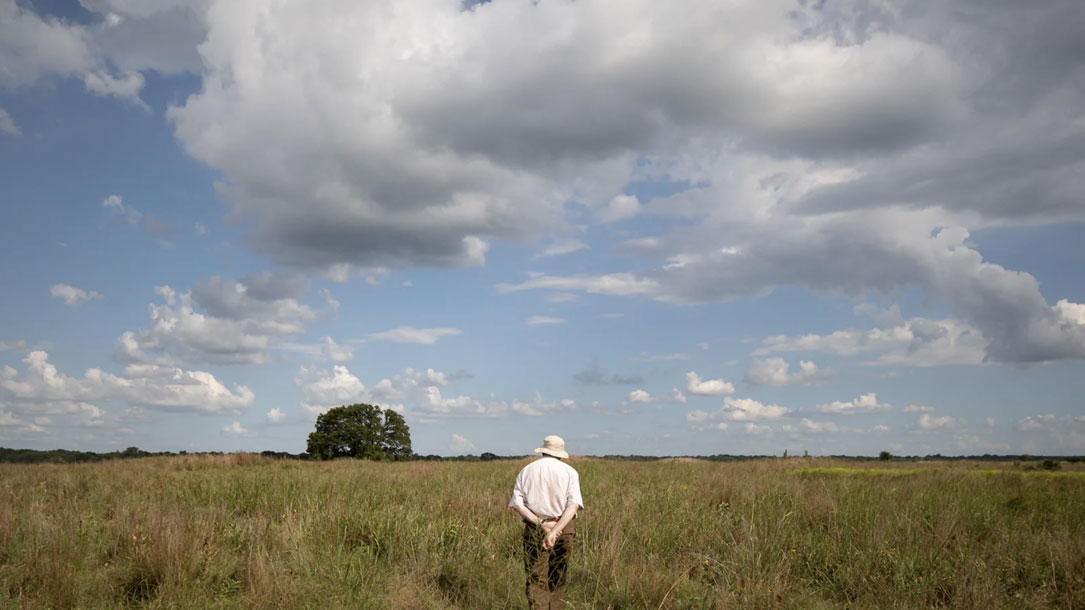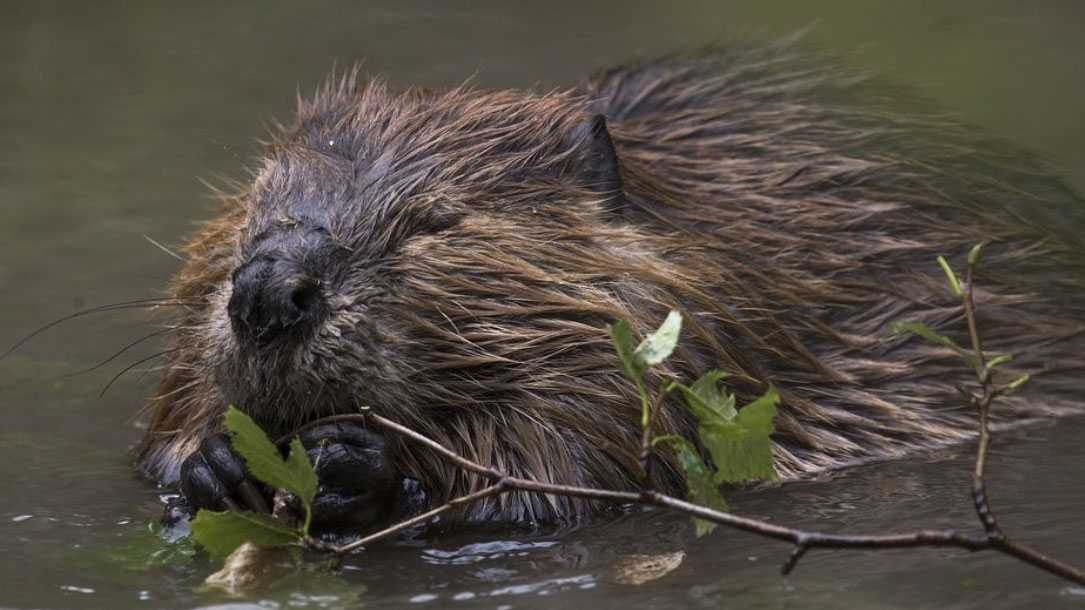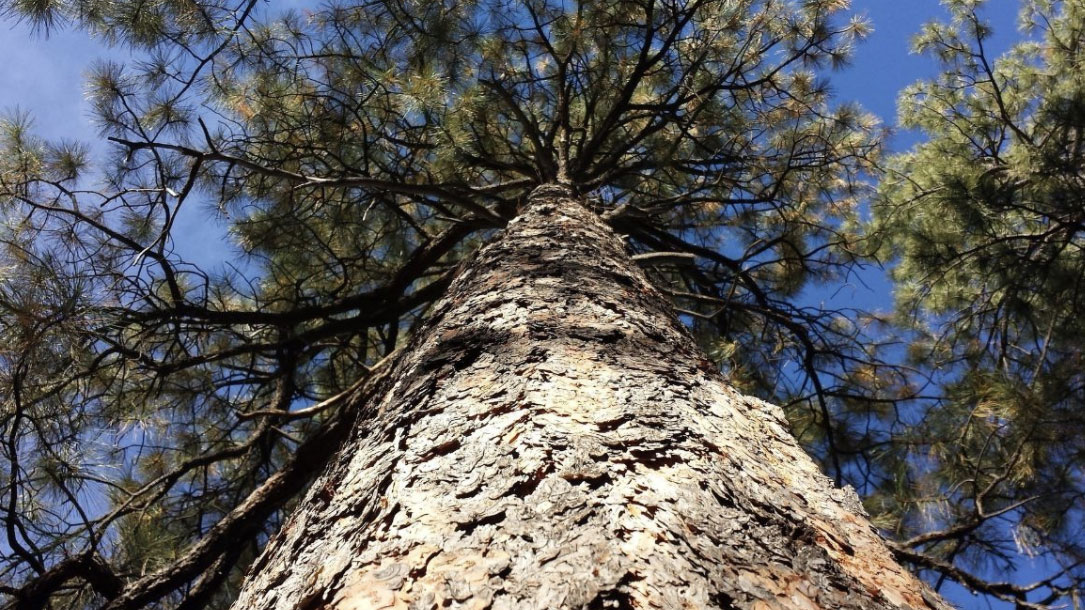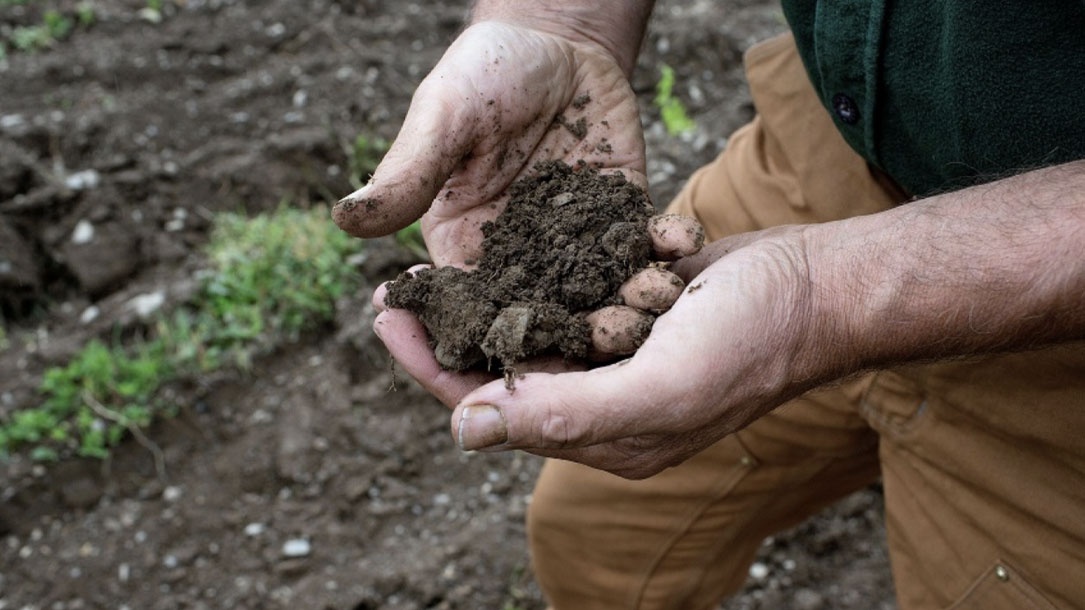Home > Climate News >

Grasslands may be more reliable carbon sinks than forests in California
Unlike trees, grasslands store most of their carbon underground, in their roots and the soil.
And that makes them more reliable “carbon sinks” than forests, according to this 2018 University of California at Davis study. Because carbon is stored in the soil, it is not released back into the atmosphere when grasslands burn, as it is when trees go up in flames…

Storing carbon in the prairie grass: plans would pay landowners to keep the ecosystem in a natural state to fight climate change
Scientists say the world needs to cut greenhouse gas emissions nearly in half by mid-century to avert catastrophic effects from global warming. Carbon dioxide is the most prevalent greenhouse gas; the amount in the atmosphere has been rising as humans burn fossil fuels. Not only must the world stop releasing more carbon, some CO2 already in the air also must be removed, experts say.
Unlike trees, grasslands store most of their carbon underground, in their roots and the soil.
And that makes them more reliable “carbon sinks” than forests, according to a 2018 University of California at Davis study. Because carbon is stored in the soil, it is not released back into the atmosphere when grasslands burn, as it is when trees go up in flames…

What impact do seas, lakes, and rivers have on people’s health?
Most of us recognize the calming effect of a walk by the river or along a beach. Victorian doctors used to prescribe the “sea air” as a cure for an assortment of agues and ailments. But while the health benefits of green space are now well known, thanks to the pioneering research of Roger Ulrich and the Kaplans among others, little analysis has been made of “blue space” – the impact of the sea, rivers, lakes, and even urban water features on our health and wellbeing.

Happiness is greater in natural environments
Links between wellbeing and environmental factors are of growing interest in psychology, health, conservation, economics, and more widely…

Blue spaces: why time spent near water is the secret of happiness
An extensive 2013 study on happiness in natural environments—to White’s mind, “one of the best ever”—prompted 20,000 smartphone users to record their sense of wellbeing and their immediate environment at random intervals. Marine and coastal margins were found by some distance to be the happiest locations, with responses approximately six points higher than in a continuous urban environment.

URI students assess effects of beaver ponds on the environment
When beavers dam a stream, they create wetlands that provide important habitat but may also generate methane gas, one of the greenhouse gases responsible for climate change. To examine the affect these ponds have on the environment, two students have spent their summer at the University of Rhode Island conducting experiments and analyzing data.

Using remote sensing to assess the impact of beaver damming on riparian evapotranspiration in an arid landscape
Beaver pools allow sediments and waterborne pollutants such as nitrogen and heavy metals to filter downward, preventing their transport downstream. A 2015 study from the University of Rhode Island found that beaver ponds can help remove up to 45 percent of nitrogen from streams. Researchers in Maryland are now enlisting beavers to reduce pollutants entering the Chesapeake Bay.
The research indicates that riparian areas with beaver damming in arid landscapes are better able to maintain vegetation productivity than areas without beaver damming during both short and extended periods of drought…

Fading winters, hotter summers make the northeast America’s fastest warming region
Beyond the coastline, rising heat levels will greatly disrupt farming, Yohe said. Droughts have become more prominent along the East Coast, which affect Connecticut crops. Warming will also decrease water availability during the summer due to increased evaporation from soils and transpiration from plants, according to a 2019 Connecticut Climate Assessment. Potential water deficits during summer droughts are projected to become more severe throughout the century, the report says.
Connecticut is one of the fastest warming states, in the fastest warming region, in the contiguous United States. An analysis last year by The Washington Post found that neighboring Rhode Island was the first state among the lower 48 whose average annual temperature had warmed more than 2 degrees Celsius since 1895. New Jersey was second, the Post found, followed by Connecticut, Maine, and Massachusetts…
[The] summer climate in Connecticut by the end of the century will be the same as it is in present-day South Carolina. Temperatures in Hartford would exceed 100 degrees Fahrenheit for 28 days a year…

Wildfires and climate change push low-elevation forests across a critical climate threshold for tree regeneration
“At dry sites across our study region, seasonal to annual climate conditions over the past 20 years have crossed these thresholds, such that conditions have become increasingly unsuitable for regeneration. High fire severity and low seed availability further reduced the probability of postfire regeneration.
Together, our results demonstrate that climate change combined with high severity fire is leading to increasingly fewer opportunities for seedlings to establish after wildfires and may lead to ecosystem transitions in low-elevation ponderosa pine and Douglas-fir forests across the western United States…”

Natural climate solutions could cancel out a fifth of U.S. emissions, study finds
Conserving and restoring American forest, farm and natural lands could cut a substantial chunk of the country’s emissions, helping meet greenhouse gas reduction goals without relying on undeveloped technologies, a new report finds.
A team of 38 researchers spent more than two years looking at “natural climate solutions”—a range of strategies that includes planting trees in cities, preventing the conversion of natural grassland to farmland and shifting to fertilizers that produce less greenhouse gas emissions…












